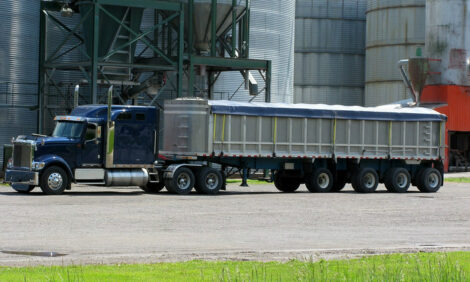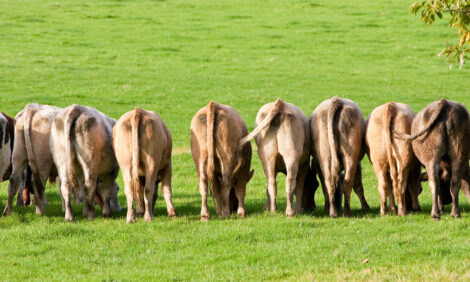



Maize Predicted to be Better than Expected
FRANCE - “Despite the exceptionally challenging growing season, much of the maize harvested this year will feed better than you think,” says Robin Turner, Caussade Semences maize specialist.
“As we all know to our cost, 2012 has put enormous pressure on forage quantity and quality. Already feed costs for 2013 are rising, demonstrating the need to make the most of your home-grown forage. Despite the difficulties of this year, maize still offers one of the best forage options for 2013. Hence, this is the time to take steps to maximise the feed value and reduce your feed costs.”
The first step, advises Dr Turner, is to find out the true feed value of your maize silage: using the correct method of silage analysis and proper use of the results means you can extract the best possible value from your silage.
He explains that feed potential depends on knowing how digestible your silage is and the rate it will be digested in the rumen. Greater digestibility means greater intakes and more energy released for production. A good analysis must tell you the M.E. and pH of your silage - but it must also measure how quickly the fast starch, slow starch and fibre fractions are digested.
“We have analysed Duo CS maize silage using the Bioparametrics system, a new method of analysing forages with greater accuracy and improved predictions of conversion in the rumen developed by senior nutritionists from Edinburgh University.
“Their Biopara-Milk model allows you to investigate the production potential of your TMR so you can have confidence that it will meet the production targets set, that it will maintain an efficient and healthy rumen with no problems with acidosis, and will maximise the feed potential of your forage in the diet.
“The results clearly demonstrate that silage made from Duo CS maize contained a better balance of digestible fibre to starch. Also that both fast (rumen degradable) and slow starch was present in useful amounts in the silage. This combination drives rumen efficiency, resulting in faster fibre digestion and higher intakes with more energy being derived from the forage part of the TMR.
“Duo CS Maize is more than just a crop in the field – silage from Duo CS maize is a highly effective feed and we now have sufficient evidence from on-farm experience, feeding trials and silage analysis to clearly demonstrate this. The benefits of growing Duo CS silage are improved milk yields, better rumen health and consistency of production,” he adds.
TheCattleSite News Desk


